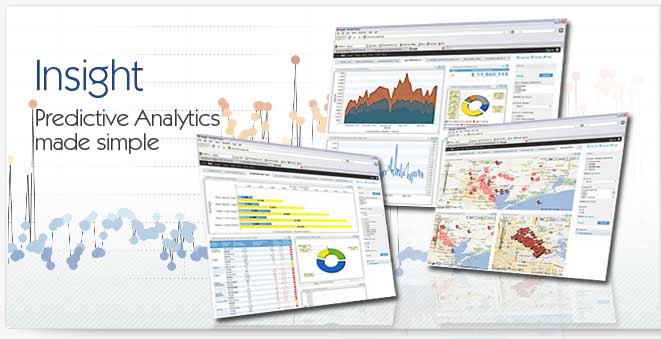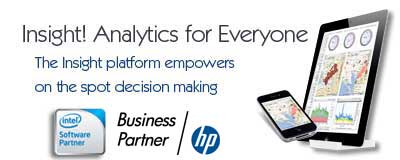Enterprise Application Integration
Enterprise application integration (EAI) is a means of enabling the exchange of data between computer software components that were not originally meant to communicate with each other. Through enterprise application integration businesses can reduce overhead caused by the redundant re-keying of information and duplication of business processes between systems. Enterprise application integration provides for better use of resources like storage while also providing for tighter integration of business processes. This ability of enterprise application integration to eliminate barriers is also known as the removal of "silos". Enterprise application integration is most widely deployed at the enterprise level, but is becoming more popular with smaller organizations as well.
How Enterprise Application Integration is Used
Typical examples of the silos of information that enterprise application integration eliminates include supply chain management, relationship management and business intelligence applications, among others. The ability of enterprise application integration to combine these into a single, heterogenous system provides crucial benefits that are both financial and logistical in nature.
Enterprise Application Integration Challenges
One of the main roadblocks in Enterprise Application Integration is that the unlinked systems usually operate on different operating systems, use a completely different group of database solutions, are coded in completely different languages, and/or are older models than the vendor itself currently uses/sells (“stovepipe systems”). This disparity of systems and applications makes enterprise application integration a labor intensive process that is often best left to experts.
Why Use Enterprise Application Integration?
While enterprise application integration is a labor intensive process, the alternative can be disastrous for an organization. Without enterprise application integration the use of specialized connectors and often even manual processes leads to incredibly high maintenance costs and increased overhead expenses that typically are far greater than the cost of deploying an enterprise application integration strategy.
Purposes of Enterprise Application Integration
Programmers use Enterprise Application Integration for a variety of purposes, including data integration, process integration, vendor independence, and common façade. When Enterprise Application Integration is used for Data Integration (also known as EII- Enterprise Information Integration), the purpose of linking the systems is to make sure the information is kept consistent across the various systems. With Process Integration, Enterprise Application Integration system is used to connect business practices and rules across all existing applications. When it comes to Vendor Independence, business rules are taken from existing applications and are made a part of the entire Enterprise Application Integration system, to save time from re-implementing such rules at future dates. Using the Common Façade goal with the Enterprise Application Integration system means the EAI would bundle a group of applications and create only one interface that users would access instead of going back and forth between varying software packages.
Patterns of Enterprise Application Integration
Enterprise Application Integration implements two types of integration styles- mediation (with the enterprise application integration as the “go-between” between the varying applications) or federation (with the enterprise application integration acting as the “host” of the systems, making any changes or actions on behalf of the user). Typically, an Enterprise Application Integration system works with asynchronous accessibility in mediation integration, and works with synchronous accessibility in federation integration. Whatever integration pattern is utilized, its entire operation can run the gamut of timing- either short- or long-lived, depending on human interaction and number of applications that must be accessed, among other factors. As enterprise application integration becomes more affordable businesses of all sizes will begin to enjoy the benefits of the integrated enterprise.
|



